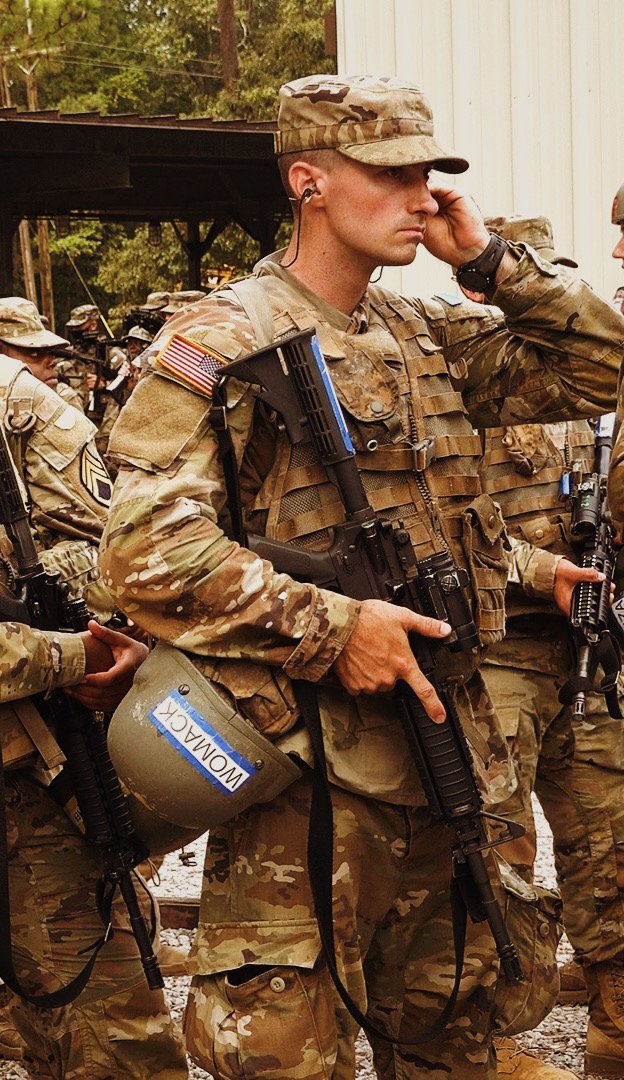3 Ways to Embrace the Suck… Smarter
Written by Austin Womack
What do you think of when you hear the phrase embrace the suck?
For me, it’s a shirtless David Goggins yelling at me through a phone camera to be a hard MF’er and run 1,000 miles while also doing 1,000 pull ups. Or something like that. I’m joking but at the same time the phrase embrace the suck is so popular in tactical athlete circles because it embodies the physical and mental resiliency needed by all tactical professionals.
The job demands that training incorporates high levels of both physical and mental strength to best prepare a tactical professional for the stresses they encounter in their job, but there are several problems with how we’ve traditionally accomplished this.
Problem #1
Relying too heavily on increased volume and intensity.
Want to make a workout hard? Do a lot of *pick any exercise* and/or do way, way more of *pick any exercise* than someone is used to. Making training hard is a very simple formula. The problem is this is not a very sustainable method of improving resiliency as there’s no prioritization of health and longevity.
Problem #2
Over reliance on muscular fatigue/failure
“Front leaning rest position, MOVE!” How many times have you heard that? HAHA. Yes, simply holding a position until failure and then demanding someone hold that position longer is hard, but there are far more productive ways to increase the challenge or demand of a movement as I will outline in a minute.
With these problems in mind I want to share 3 tips on how you can incorporate physical/mental resiliency demands into your training without increasing the risk of injury by relying on heavy volume and intensity. Keep in mind, these are general suggestions and I encourage you to get creative on how you implement these into your own physical training.
Tip #1
Focus on environmental constraints
This tip is the most important, in my opinion. When most coaches/tactical athletes aim to make training harder, or incorporate mental toughness into physical training, they often focus on making the task harder - Harder exercise selection, more volume, more intensity, etc. Think about some of the toughest things you’ve done in your job though. I’d be willing to bet that most of those moments were challenging in large part because of the elements and environment surrounding them. Maybe it was extreme heat or cold. Or extreme wind or rain. Or very rough terrain. Considering this, it doesn’t make sense for all physical training to be done in an air conditioned building while wearing shorts and a t-shirt.
A better alternative is to keep the tasks (exercises) and volumes the same but make the environment surrounding the tasks more challenging. Not only will this be more applicable to real world situations where an inconvenient environment is typically the source of adversity, it will also reduce the likelihood of injuries stemming from sharp spikes in acute workloads.
Tip #2
Reorder your exercise selection occasionally
Strength and conditioning textbooks say that you need to always perform speed/power training first in the session while your nervous system is fresh, then maximal strength, then hypertrophy and muscular endurance towards the end of the session. This is designed to maximize the adaptations for each individual training domain, which is important, but I believe there is a ton of value in not always following this protocol.
Tactical athletes need to be really strong and powerful but, most importantly, you need to be really strong and powerful when conditions are suboptimal and you’re under high levels of physical and mental stress. We can simulate this in training. Yes, a bulk of our training should prioritize raising the ceiling, AKA increasing peak outputs, but we shouldn’t get so wrapped up in increasing peak outputs that we hurt our ability to sustain submax outputs.
Tip #3
Sprinkle in fasted / sleep deprived training
Now, I want to be careful with this one. The ROI of adding this into training can easily become unproductive if you’re not smart about how you implement it, but from my personal experience in the Army and as a wildland firefighter, it is extremely important to be able to perform at a high level while dealing with levels of food/sleep deprivation.
So what does this look like?
It can look as simple as waking up extra early and working out before breakfast. Or it can look like a planned training session in the middle of the night, an early afternoon training session after you skipped breakfast and lunch, etc. The creativity here is unlimited but the main point is this should be strategically planned so that you can expose yourself to training in a deprived state but without overdoing it.
Create a recovery plan to get yourself back on track and ensure you don’t push yourself to the point of diminishing returns in your training.
I fully believe that physical training can be used to improve mental resiliency alongside physical resiliency. The key is we have to be smart about how we approach it. I hope these tips can help you continue to embrace the suck in your physical training, but just do so in a smarter way!
AUSTIN WOMACK
Austin is a strength & conditioning coach with the Austin Fire Department and currently serves as an infantry officer with the Texas Army National Guard. He previously spent time on the west coach as a wildland firefighter.
Learn more about Austin and his tactical strength and conditioning business at the link below:




